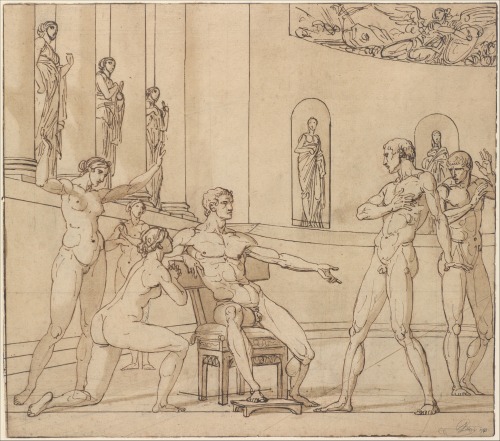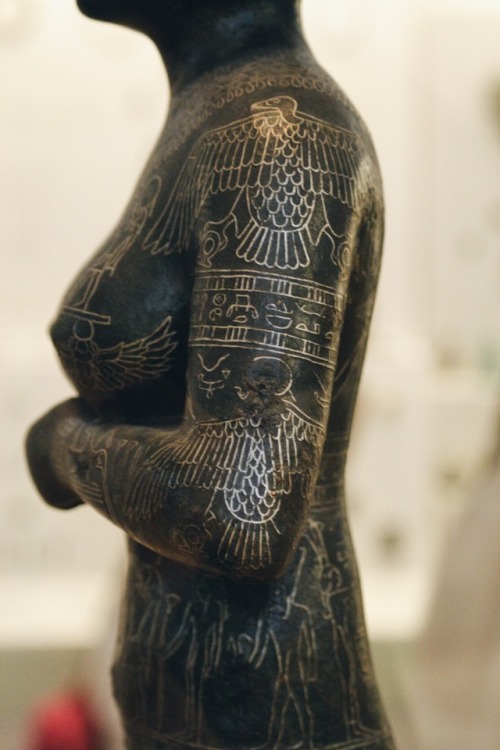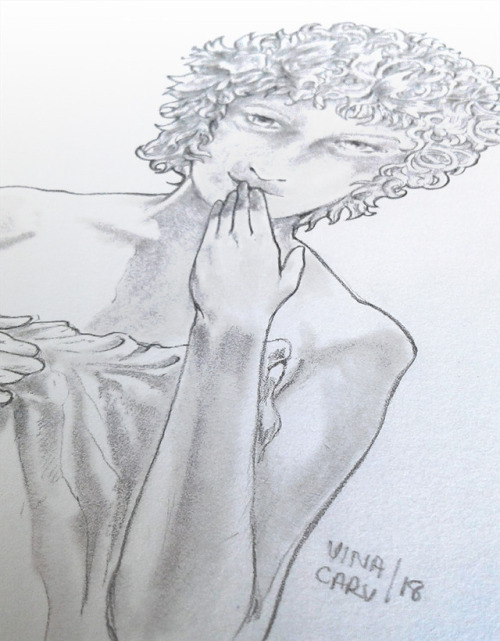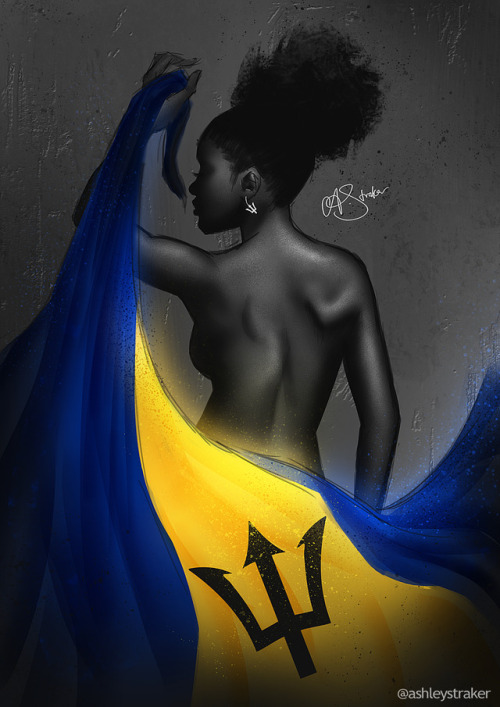#human figure
The Clemency of Augustus
François André Vincent (French; 1746–1816)
ca. 1787–88
Pen and brown ink, brush and brown wash, over traces of red chalk; perspective lines in graphite
The Metropolitan Museum of Art, New York
The artist here depicts the concluding scene of Pierre Corneille’s 1641 play, Cinna
Post link


some draws from the past few days. watched a good rat movie

DSC_0166aby Russell Moreton
Via Flickr:
russellmoreton.blogspot.com/
One of the most exquisite works at the National Archaeology Museum in Athens. The intricate inlaid wire patterns cover her body in patterns perfectly fit for body tattoos.
Statue of the princess-priestess Takushit Copper alloy hollow cast Late Period, end of 25th Dynasty, ca. 670 BC The long, diaphanous robe, which is decorated all over with incised patterns that were filled with precious metal wires (technique of damasking), accentuates the beautifully shaped, sensuous body.
Post link
️ Happy 51st Independence Day Barbados ✊️
Love to all my fellow Bajans ✨
https://www.instagram.com/ashleystraker
Post link
Today’s lesson is all about legs. I prepared a few tips targetingt a very common issue in character design. I call it “floating legs”. It looks like charatcers aren’t standing on anything, their legs are just kind of “floating”, they don’t put any weight on legs.
To avoid that mistake check out my helpful tips, how I manage to avoid the common issue of “floating legs”.
I offer also feedback on your drawing on my Patreon if you like that!
Post link
Review of TED Talk artist, Antony Gormley
Gormley’s talk was based on combining the theoretical aspects of space, and time with the physical dimensions of the corporeal realm. He explains how it is continuous and everlasting, existing without boundaries both internally and to the exterior of the human form, using it as a catalyst for reaction and interaction.
Gormley claims that his interests lie within creating a subject and collective space that usually only resides within the darkness of the human body, specifically the mind. He views this as a place of imagination and of potential, a place in which there are no ‘things’ in this 'dimensionless, limitless, indeed endless’ space. Gormley states that the most profound quality is that is is objectless, which is in direct contrast to the very nature of sculpture as it produces a proposition of materials and scale, whereas paradoxically, this space does not have any of these. It is not inhabited, influenced or touched by foreign entities.
However, as a sculptor, he works directly with real places that have intimate elemental features that pose the question 'can the dark void of the mind be mapped?’ Best shown in ’Aperture VII’ 2010 as it clearly marks out the fundamentals of the human form, but without giving it any true weight or physicality.
(I found this a fascinating notion for a sculptor, and didn’t think that his lecture would be as philosophical and thought provoking as it was.)
Using the figure as a basis, a physicality in which his metaphysical void exists in the mind Gormley claims that the body is its boundaries, its limit in existence, making a formless entity visible and substantial. He did this through the use of an external membrane, his piece, 'Learning to See' (1988-98). A lead capsule that encases the space where Gormley once stood. It’s name originated due to the purpose; an object that sees reflectively and speaks about that connection with the darkness of the interior of the body, demonstrated with the darkness that resides within the capsule.
To develop this idea, Gormley now placed the negative cast against a natural element, the horizon ’Another Place’ (1997). The piece is looking out beyond the horizon, as these surrogate bodies question the relationship between the natural and the unnatural, the internal and the external; a relation with the real body and the infinite body. It raises the idea of the interior darkness and its bodily limit, stretching out to the horizon and whatever is beyond it.
’Blind Light’ (2007) consists of light, water vapor and vast openness which materialistically and aesthetically is contradictory to the encapsulated void of the figures previously demonstrated in Gormley’s work. However, this piece is a better, clearer representation of the ideas Gormley spoke of previously.
“You disappear, to others and to the self, visually and emotionally, you are now consciousness without object, you are the dark void that could only possibly exist internally, now it is external, it is real, freed from the dimensional and measured, ambient environment, the space is actually filled with people, disembodied voices when others approach your own body that they appear to be representations, when they appear close to the edge of the box, they are representations, representations in which the viewers become the viewed.” - Gormley
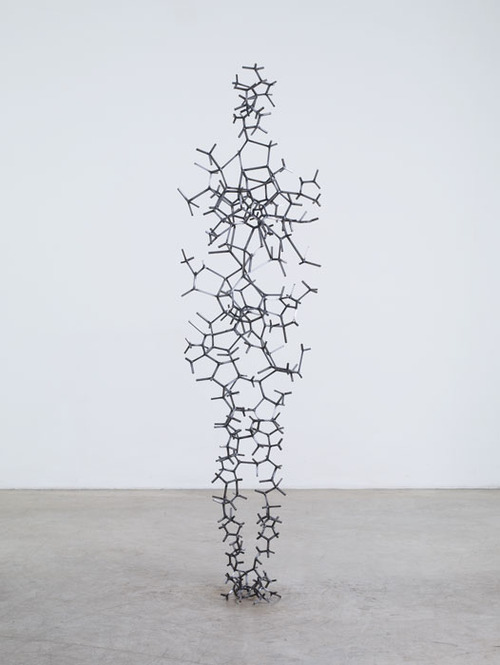
’Aperture VII' (2010)
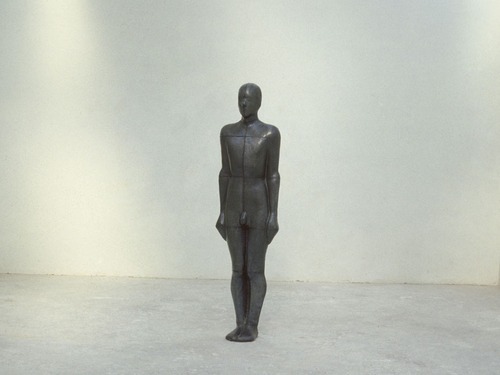
'Learning to See' (1988-93)

'Another Place’ (1997)
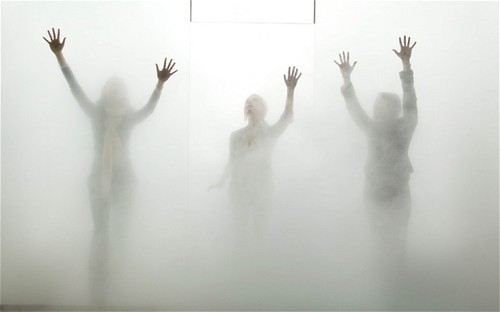
'Blind Light’ (2007)
Reviewed by, Katie Varey
12/1/2014
Video can be viewed at:

